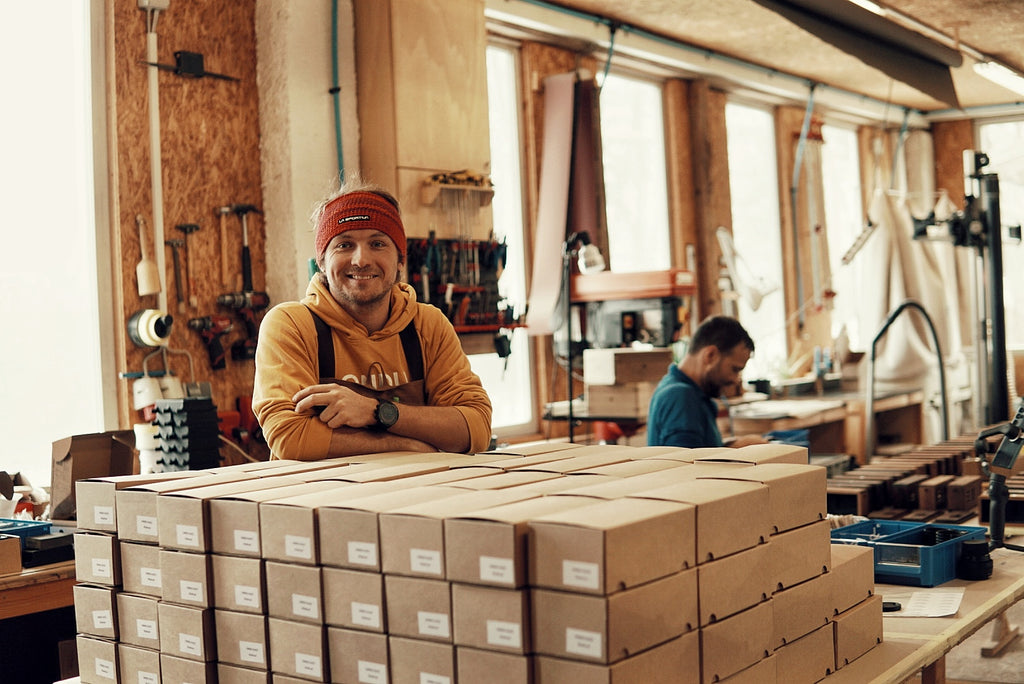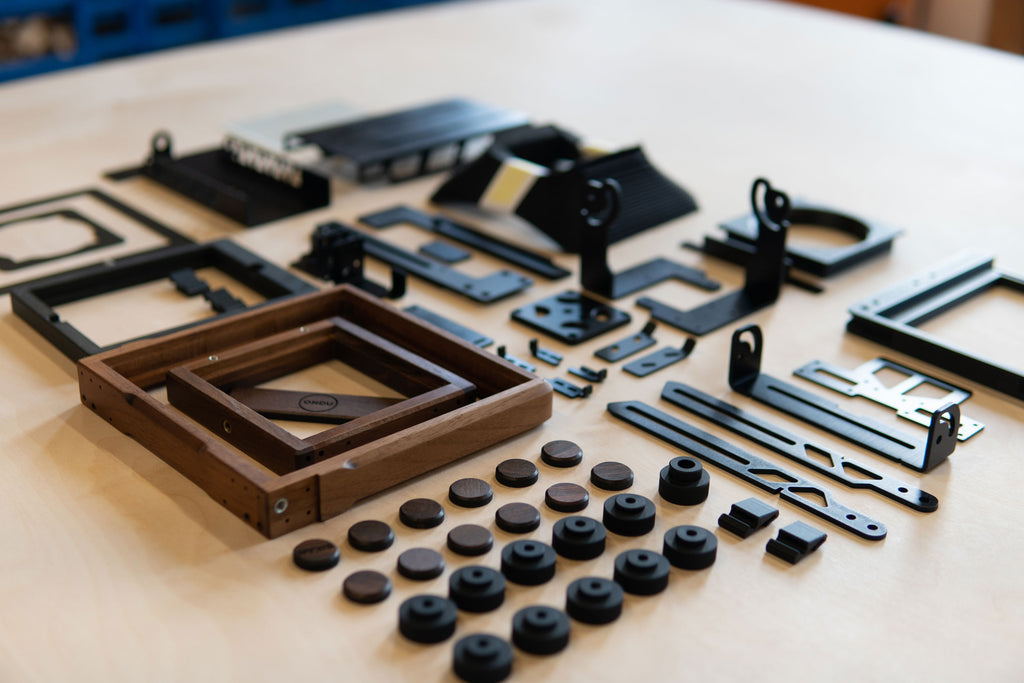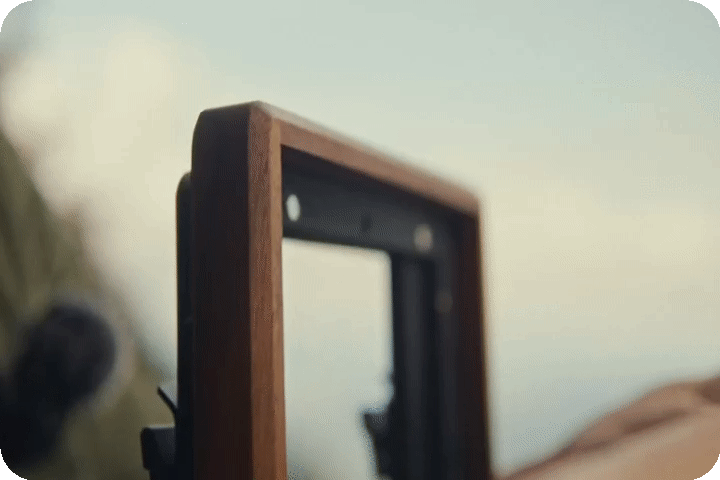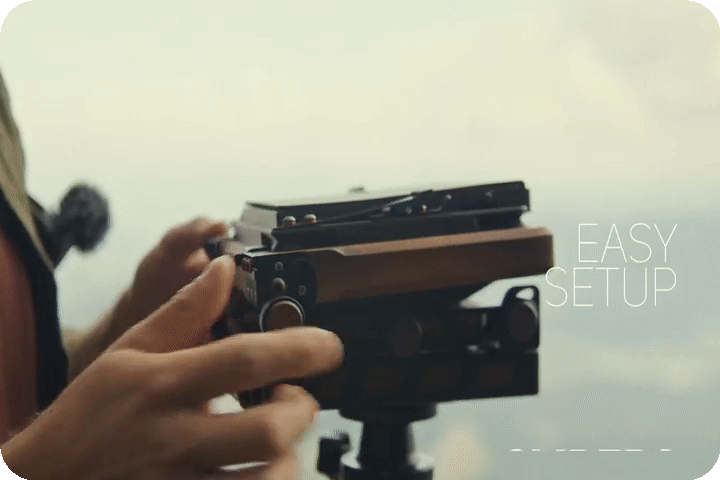HANDCRAFTED TO PERFECTION

PANORAMIC Magic with the 4x10" Panoramikku

ONDU EIKAN 4X10" PANORAMIKKU -
You can convert the ONDU EIKAN Range into the 4x10" Panoramikku or vice versa by changing the magnetically attached bellows and repositioning the whole rear assembly including the bottom rails. This is done in a matter of minutes by removing the 2 rear tightening knobs. No tools required in this swap of components. We do not recommend quick swapps from the 4x10" Panoramikku to the Standard version, since this requires removal and retighteninig of a set of 10 screws.
As far as I'm aware this is the first such modular folding field camera that enables such flexibility and modularity in a lightweight and sleek package.
COMITTED TO CRAFTSMANSHIP
The Eikan is meticulously designed and crafted in Slovenia, within the European Union, to ensure exceptional quality. Our commitment to excellence is reflected in the use of high-quality components throughout the manufacturing process. Unlike some manufacturers who opt for plywood or laminates, we exclusively use solid walnut wood sourced locally. This choice not only enhances the aesthetics of the final product but also improves its capabilities.
Our skilled artisans handcraft the wooden components in our workshop, employing thick 5cm slabs of kiln-steamed and dried wood. This meticulous process takes approximately three months to complete and is crucial for ensuring the stability of the wood grain by releasing fiber tensions within the wood structure.
Even the knobs used for securing camera movements are custom-designed and made from anodized aluminum. These precision-engineered knobs are manufactured on a CNC lathe by the same reputable producer responsible for crafting aluminum components for ONDU Pinhole cameras over the past decade. It is important to note that we do not utilize 3D printed knobs in any ONDU cameras, whether in the past or future.


The modular aluminum structure of the Eikan is constructed from high-grade anodized aluminum, meticulously cut using laser technology and shaped with specialized CNC brake press machines. To enhance durability and minimize scratches and wear, all aluminum components undergo a hard anodizing treatment, which fortifies the outer layer.
While we employ 3D printing in certain areas, such as the front and back standard, as well as the rotating back and ground glass focusing screen carrier, it is done purposefully. The utilization of 3D printing provides an unparalleled strength-to-weight ratio and allows for swift modifications and future upgrades, such as roll film back add-ons. These 3D printed parts are constructed using Carbon fiber reinforced PLA filament.
To maintain a high level of quality control and ensure a seamless user experience, we meticulously source all components and manufacturers within the same valley. With the exception of standard screws and magnets, nearly every component of the camera has been designed and fabricated from scratch. This deliberate approach eliminates technical compromises and delivers a product that surpasses expectations.











